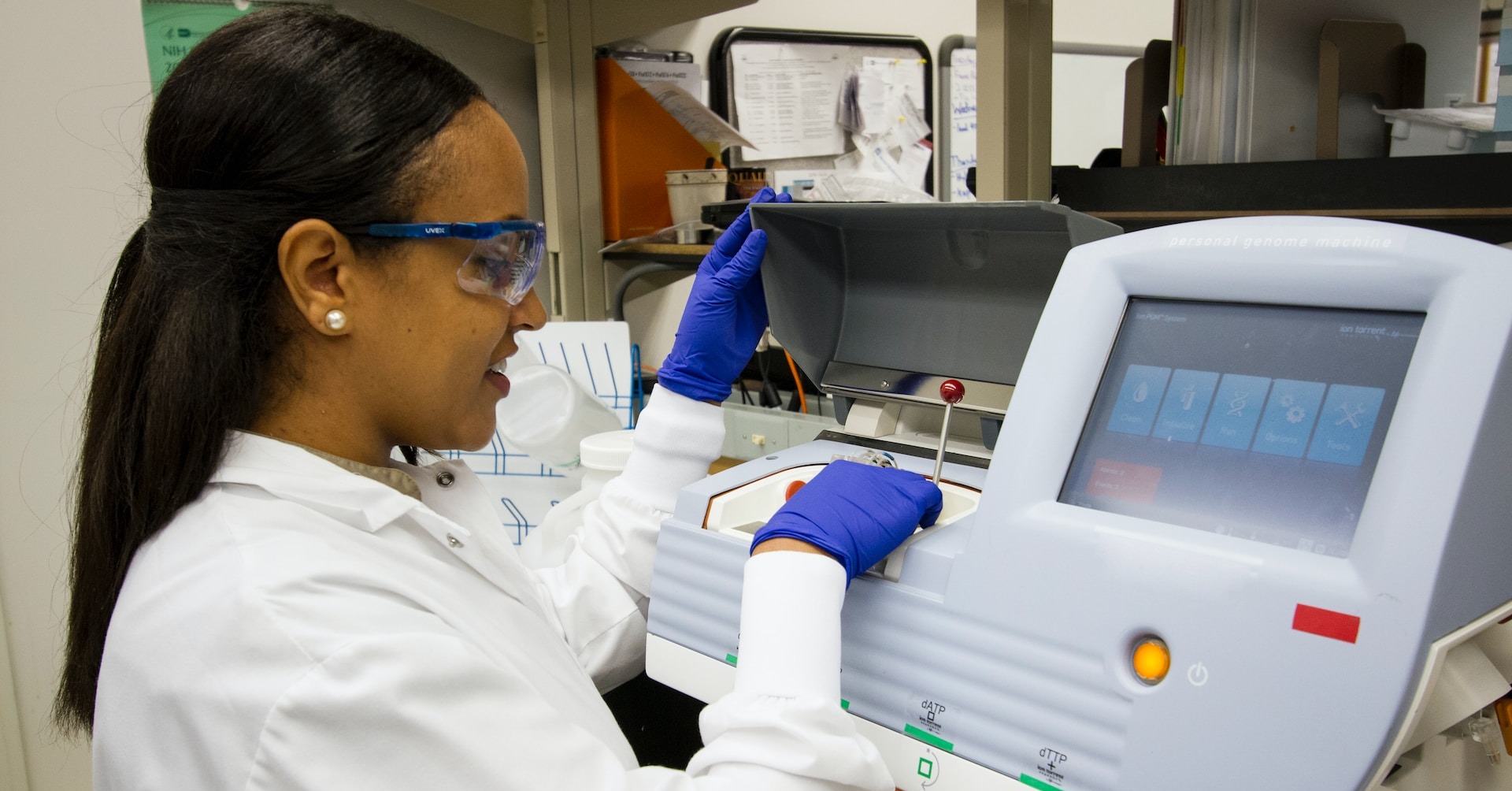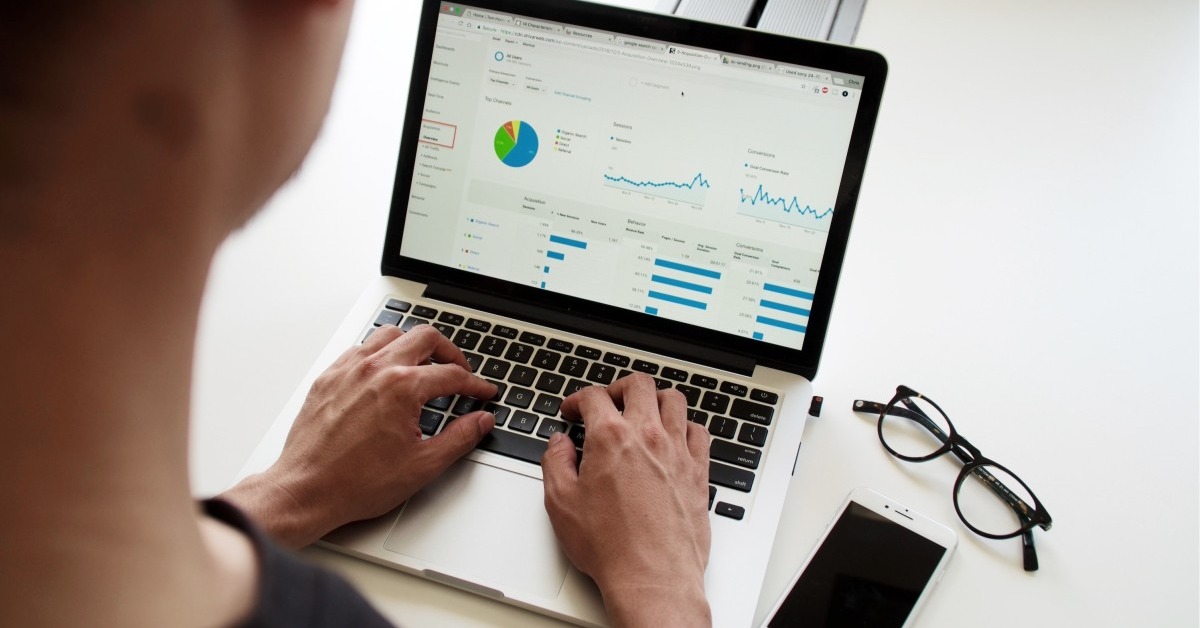
Where Do Epidemiologists Work?
Epidemiologists work in many settings, including hospitals, universities, and federal, [...]

So, you’re interested in “the sexiest job of the 21st century“? That’s how the Harvard Business Review described “data scientist” in 2012, and it’s still accurate today—if you define “sexy” as “in demand” and “highly salaried“. Data science—essentially a mix of statistics, computer science, and mathematics—is a relatively new field, borne from the inundation of data in our modern lives. Since “big data” is not going anywhere, this looks to be a secure field well into the foreseeable future.
Data scientists gather and organize large amounts of data to solve process and strategy problems in business and in other enterprises (e.g., nonprofit organizations, academic institutions, government). The job requires expertise in computer programming and software applications, statistics, data analysis, data visualization, and strategy. Many roles in the field also require robust communication skills, since part of the job of a data scientist is conveying complex analyses to stakeholders who lack the proficiency to understand it unfiltered.
If this sounds like a dream job to you, this article can help you get started. In this guide to how to become a data scientist, we’ll cover:
There’s no fixed definition of “data scientist,” so data science roles can go by many names. Depending on whether you’re concerned with the stories data tell, the tools for leveraging data, or the infrastructure that houses data, you could be a:
You’ll need to set up a bunch of different keyword search terms at the various job listing sites when you become a data scientist.
| University and Program Name | Learn More |
|
Boston College:
Master of Science in Applied Economics
|
|
|
Boston College:
Master of Science in Applied Analytics
|
|
|
Merrimack College:
Master of Science in Data Science
|
The tech world offers many jobs you can get without even earning a bachelor’s degree. Not that it’s easy, but it is possible to train yourself—through online boot camps and other courses—in the programming, coding, and troubleshooting chops necessary to get a decent-paying job (e.g., desktop developer, web developer).
That’s not the case in data science, however. According to KD Nuggets, a data science resource, 88 percent of data scientists have at least a master’s degree and 46 percent have PhDs. Those degrees may be in data science or in data analytics, data engineering, applied statistics, business intelligence, or a similar discipline, but in the end they all circle back to gathering and interpreting large amounts of data. Top schools offering these degrees include:
You’ll need to learn how to use special programs like Hadoop, a software utility used for storing and processing big data. You’ll also need to be fluent in at least some programming languages, such as R, Java, Python, and SQL.
As previously mentioned, the learning never ends in data science. Earning a data science certification, either on-campus or online, can boost your know-how as well as your value. Certifications worth considering include:
You guessed it: there isn’t really a typical path. With their varied skill sets, data scientists can work at software companies, tech companies, business research and development departments, colleges and universities, even the federal government. Here’s a broad breakdown:
The internet offers a broad variety of online resources for aspiring data scientists, including:
Experts generally agree that demand for data scientists is strong and should remain that way into the future. As LinkedIn co-founder Allen Blue put it: “There are very few data scientists out there passing out their résumés. Data scientists are almost all already employed because they’re so much in demand.”
If the prospect of working with massive data sets excites you, there’s no reason not to pursue a career in data science. This isn’t buggy-whip-manufacturing; this business is not going away any time soon. One of the benefits of entering a generalist profession is that it provides more latitude to pivot with changing times and trends. What you’re doing as a data scientist 30 years from now will likely look nothing like what you’re doing today, but it will still be data science, and there should still be plenty of opportunities in the field.
(Last Updated on February 26, 2024)
Questions or feedback? Email editor@noodle.com

Epidemiologists work in many settings, including hospitals, universities, and federal, [...]

A master's in business analytics can help you land a [...]

A master's in computer science may take you two years [...]

All health data analysts sift and sort data to cull [...]
Categorized as: Data Science, Information Technology & Engineering